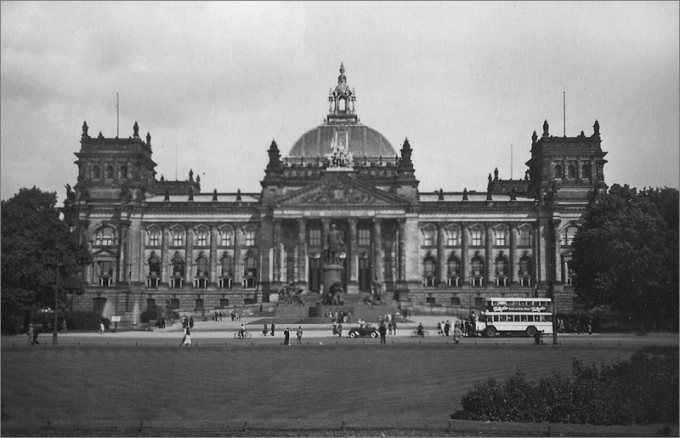This is a national showcase of your nation in the Region New Septentrion, informally known as Septentrion and the immediate successor of Septentrion.
Below shows an example from the Federal Soviet Republics of Yugoslovenski. It is meant to be a comprehensive OOC guide to your nation, in a way that a national IIWiki cannot (but your IIwiki link should be included where applicable).
It is meant to describe the national character, history, and goals of the modern state. Feel free to use sensational section titles.
























